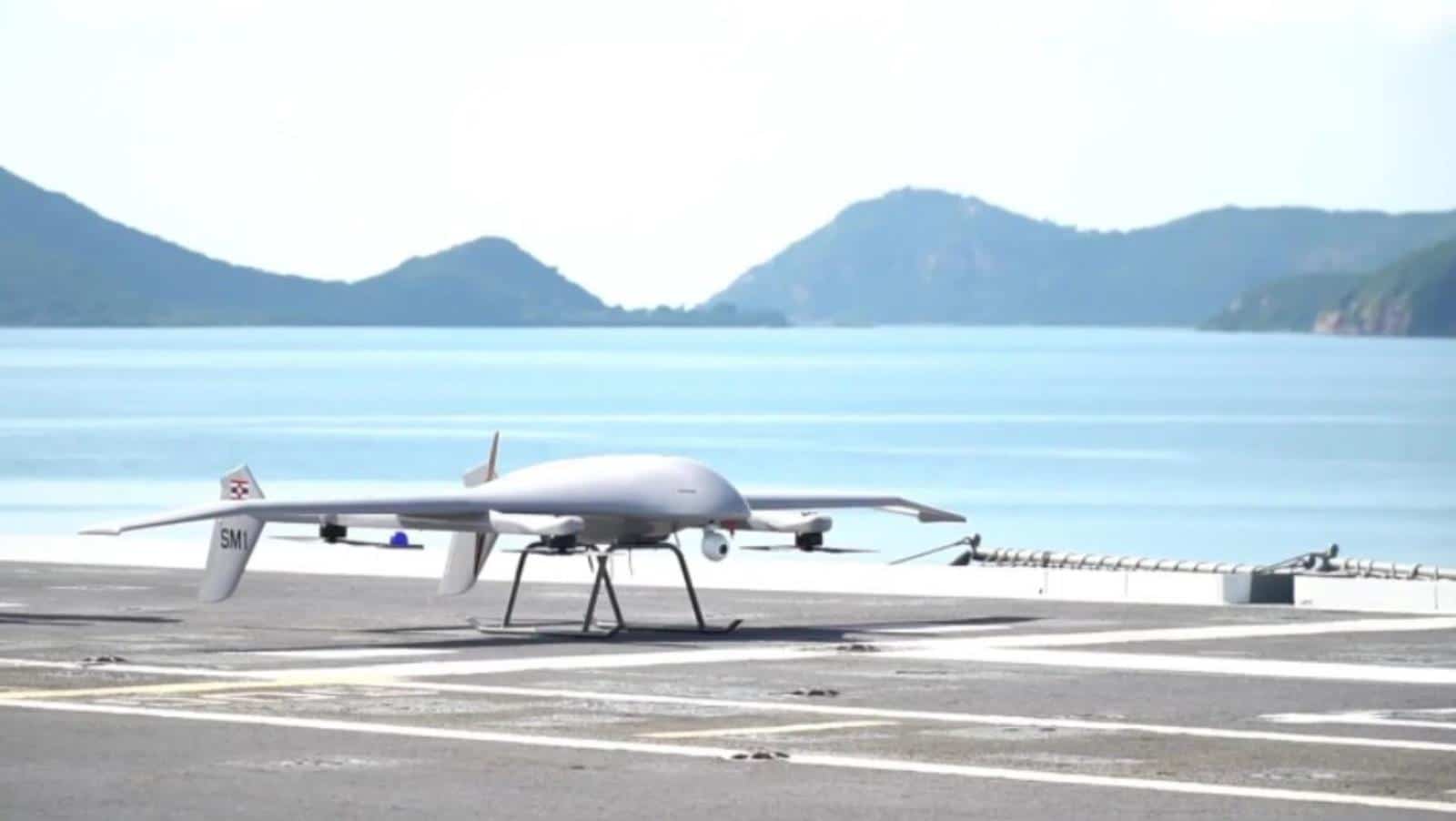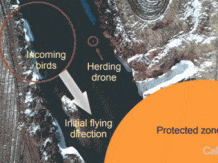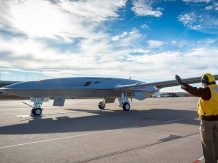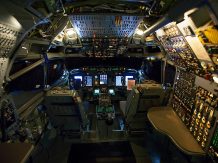In the past, the Royal Navy of Thailand requested an unmanned eVTOL (electric Vertical Take-Off and Landing) that could operate from the deck of ships. The contract was answered by SIAM Dry Tech Composites and Pims Technologies, who jointly developed the project and recently took MARCUS-B drones on aircraft carriers to test them.
It looks like the MARCUS-B drones have now been completed. Recent testing of these eVTOL unmanned aerial vehicles included operating from the deck of an aircraft carrier
The MARCUS-B drone is an improved predecessor, the MARCUS drone, which was unveiled at the opening ceremony of the Thai Navy’s naval exercises in March 2021. It is larger and heavier than it, as it is 2.5 meters long and has a wingspan of 4.3 meters.
Its take-off weight is 45 kg and its load capacity is over 10 kg. At the same time, it develops speeds of 68.5 km / h at full load, and its operating range due to the 60 Ah battery is 2 hours or from 160 to 180 kilometers.
Advertising

Also read: The most detailed photo of a work of art. As many as 717 billion pixels to view
As MARCUS-B is an example of an eVTOL, it can vertically land and take off from anywhere (including frigates, landing ships and aircraft carriers). It was also crucial for the navy, which will apparently receive a relatively cheap drone in 2022. We do not know the prices, but according to MARCUS-B analysts, it is a low-cost project.















